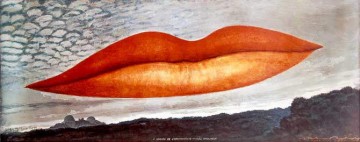
Originally published in the Marina Times San Francisco in August 2012
I told him boldly that I was his new student. He said he didn’t take students, and anyway he was leaving Paris on a holiday. I said I know, I’m going with you … and I did. —Lee Miller on meeting Man Ray
The Legion of Honor will showcase the collaboration between the artists Lee Miller and Man Ray from July 14 through October 14, 2012.
Both American expatriates in Paris, Lee Miller and Man Ray lived together from 1929 to 1932. During this time they popularized several photographic techniques including solarization. Their mutual inspiration lead to some of the most legendary works of their careers.
Miller was a commercial photographer and model, and would later become a highly regarded war correspondent for Vogue magazine during the Second World War. While in Paris she had her own photography studio and took commercial assignments as well as developing her own droll Surrealist style. Miller was respected among the Surrealists, and even appeared in Jean Cocteau’s film “Blood of a Poet”.
Galvanized by contemporary European art exhibits such as the famous 1913 Armory Show, Man Ray was inspired to invent Dada objects and to reject conventional artistic subject matter. In 1920 he helped Marcel Duchamp create Rotary Glass Plates, one of the first examples of kinetic art. Soon thereafter he would discover photography, his signature medium: his trademark became the black and white dreamlike representations of strangely juxtaposed images such as the metronome with eye, called “Object to Be Destroyed”.
This exhibit is the first to explore their artistic and romantic relationship. Significantly, this exhibit also puts Lee Miller’s work in a more meaningful context as an equal to her Surrealist compatriots. Like Gauguin and Van Gogh’s collaboration in the Yellow House, the visions of Lee Miller and Man Ray merged into a remarkable synergy that was never to be repeated. That unique moment, and the resulting work, still resonates through the art world.